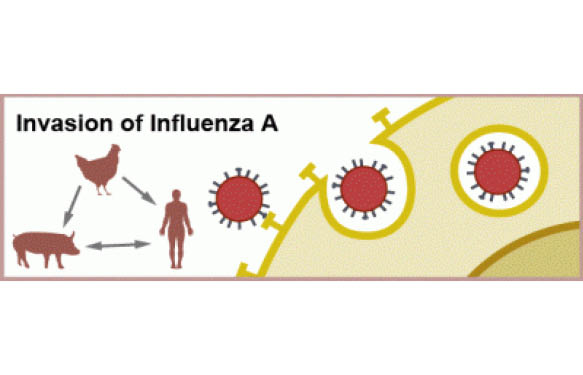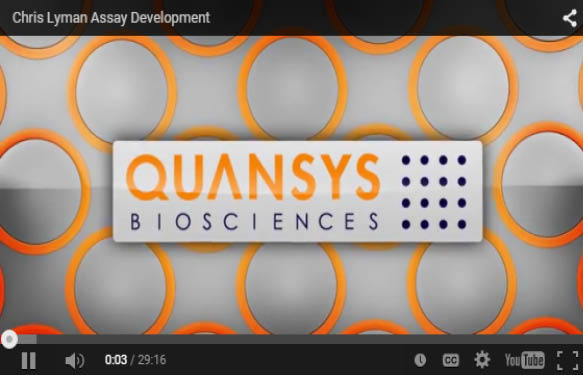Back in the XIXth century, tens of thousands of people rushed to California to find gold and become rich. Most of them did not succeed, but those who did, really did (especially the companies owning the mines). Something similar happens with diagnostic kits nowadays. The trend is towards more personalised medicine, either at the diagnosis step, or at the therapeutical step. Newly marketed drugs include companion diagnostics, development of new diagnostics is increasing, and the need for accurate results is more important than ever. One size does not fit all.
For this reason, development of accurate and precise diagnostic and prognostic kits is very necessary. This is achieved by studying the relevant biomarkers, but also by improving the reagents for their detection.
Gold colloids in Biomarker discovery
Gold colloids have been used in the industry for a number of years. They were originally developed for IHC and Electron Microscopy (EM) studies.
Over the past few years, gold nanoparticles have also found prominence in Lateral Flow Assays (which are widely used for Point-of-Case – or POC- tests).
Which gold colloid size for which assays?
Here are a few tips to help you select the most appropriate gold nanoparticles’ range area according to your technical application:m
- Small size (2nm-15nm) – Areas of use: Immunohistochemistry, Light Microscopy, High Magnification TEM, Drug Delivery, Biomarkers, Gas Sensors, Coatings
- Mediumsize (20nm-60nm) – Areas of use: Lateral Flow Assays, TEM, SEM, Environmental Detection and Purification, Data Storage,
Drug Delivery, Biomarkers, SERS, Photo-thermolysis, Catalysis, Chemical Sensors, DNA Detection - Large size (80nm-250nm) – Areas of use: Flow Cytometry, Printed Text, Conductive Films, SERS, Forensic Science, Electronic Device Manufacture, SERS, Optical Mammography
These range covers the original design uses such as immunohistochemistry and lateral flow diagnostics, to drug delivery, chemical sensing and even forensic science and textile printing and development.
Feel free to share your experiences with gold colloids and the development of new diagnostic kits!




One Response